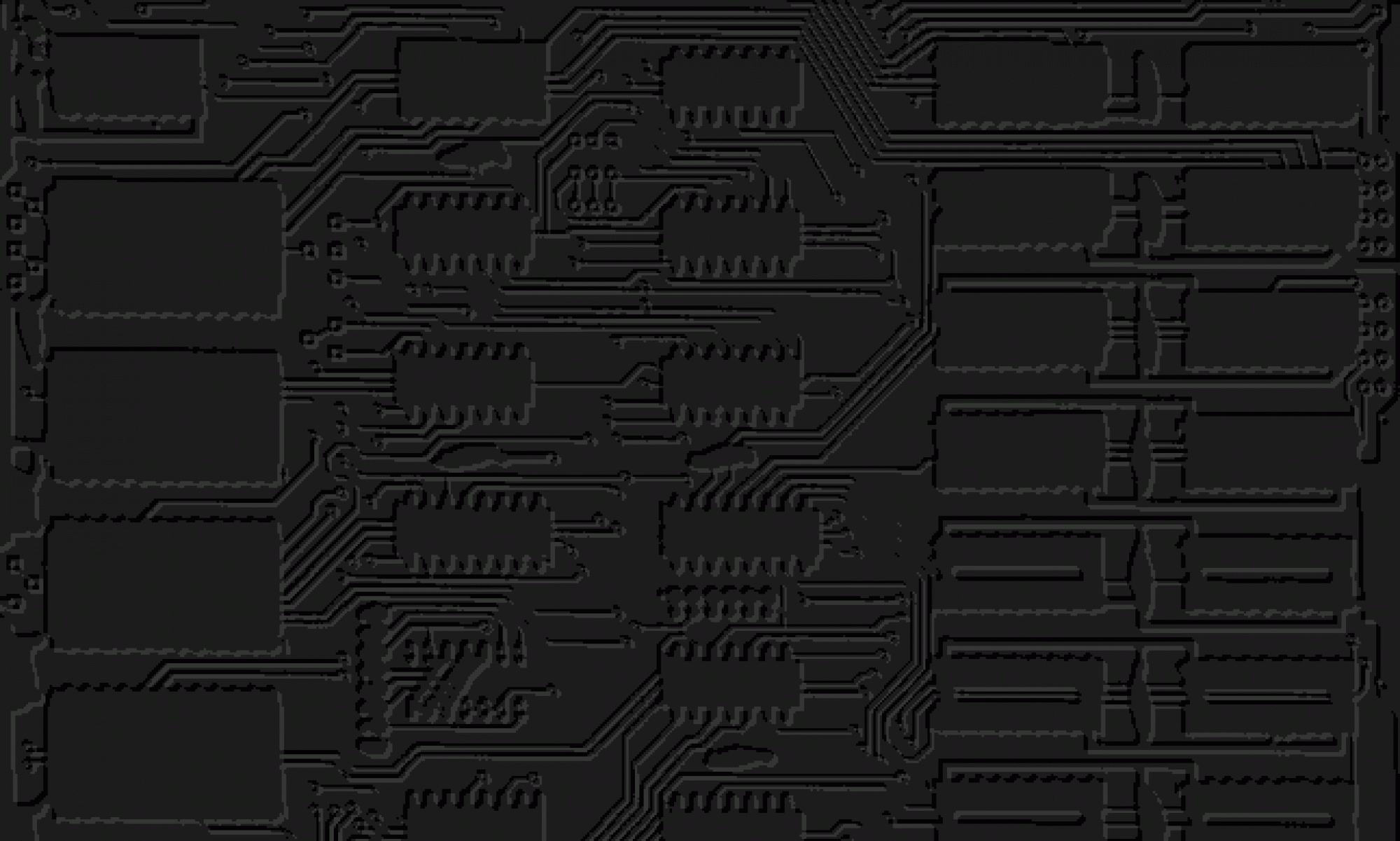This weekend the news has been full of the story that the CIA has accused Russia of swinging the US presidential election in favour of Donald Trump. Their evidence? Not much to speak of. Normally I’d be commenting on the technical merits of this kind of thing, but there are no technical details to back any of this up.
Apparently someone with “links to the Russian government” handed a bunch of pilfered emails to WikiLeaks that shed Hillary Clinton in a bad light. Let’s look at theses features in order.
- A lot of prominent people, companies and organisations have links to the Russian Government. They’re trying to imply Putin was behind it, but that’s hardly proof. In fact they’re rather coy about identifying the source of the leak anyway.
- WikiLeaks has a very good system in place to make it impossible to identify the source of any uploads. That’s the whole point. The identity of the uploader can only be conjecture.
- Hillary Clinton can come across as crooked without the help of the Russians. As can Trump, of course. Anyone could have obtained those emails and uploaded them. The most likely source is an insider; and it’s likely every foreign intelligence agency was reading them before long. And anyway, you could argue that someone has done the American people a great favour by exposing dodginess.
It’s worth remembering that largest number of cyber attacks originate from the USA, not Russia or China. Yet some people persist in blaming them any time something goes wrong. Doubtless they are behind some of it, but let’s get this in perspective.
It’s no secret that Putin and the Russian government are likely to prefer Trump to Clinton. Trump is telling it like it is on foreign policy, especially in the Middle East, whereas the American establishment is defending the indefensible corner they’ve painted themselves in to. Trump realises the Cold War is over, the CIA doesn’t. Whatever else you think about them, I’m sure both leaders recognise each other as being able to do business.
Trump dismissed the latest fluff pointing out that the information came from the same people as “Saddam Hussein’s Weapons of Mass Destruction”. He has a point.


 I’ve been listening to Today on Radio 4. Francois Fillon has won the conservative presidential candidacy for the French president. Apparently, shock horror, he likes Margret Thatcher and is friendly with VLADIMIR PUTIN. That sounds a bit like Vlad the Impaler!
I’ve been listening to Today on Radio 4. Francois Fillon has won the conservative presidential candidacy for the French president. Apparently, shock horror, he likes Margret Thatcher and is friendly with VLADIMIR PUTIN. That sounds a bit like Vlad the Impaler! at’d be, well, un-British. But, like Woolworths, it’s coming to the end of its natural life after 500 years.
at’d be, well, un-British. But, like Woolworths, it’s coming to the end of its natural life after 500 years.